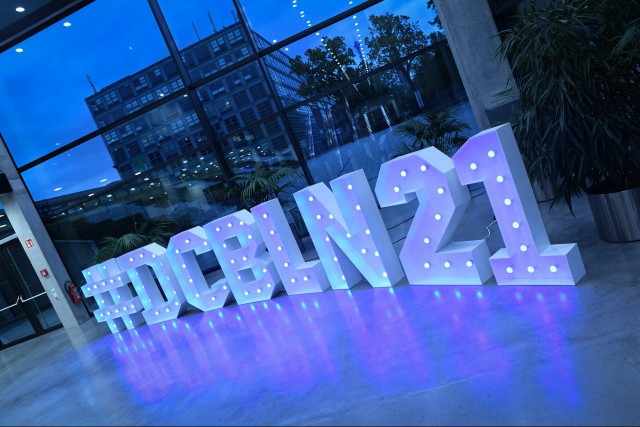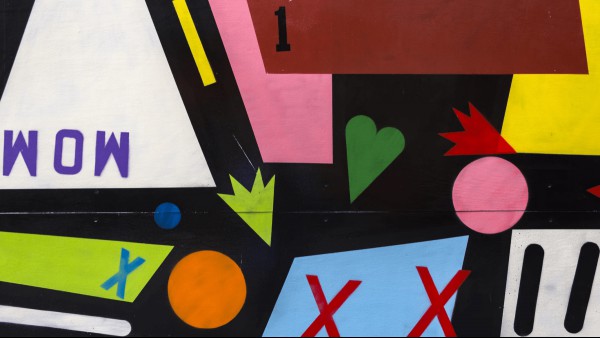In Japanese, Japan is called 日本 (Nihon), which is why you’ll sometimes see it referred to “Nippon.” The literal translation of the name is “land of the rising sun.” The name is also reflected in the design of the country’s flag: a red circle on a white background. So where does the word “Japan” come from? When Portuguese explorers arrived in the Far East, Mandarin speakers were the first ones to introduce them to the existence of the Japanese islands. They called it Jipangu, and that’s where “Japan” came from. This early misnaming of the country has really set the stage for centuries of misconceptions about both Japan and the Japanese language among Westerners.
With about 156,000 learners in the United States, Japanese isn’t nearly as popular a learning language as Spanish or French. But year after year, the language of Mishima — so-called after the Japanese author Yukio Mishima — continues to spread far beyond the Sea of Japan and Mount Fuji.
We’ve put together a brief guide to introduce you to Japanese. Whether you’re interested in learning the language or just want to know more about Japanese culture, this will provide you with a good overview of both the language’s history and the linguistic features that define it.
The History Of The Japanese Language
From The Yamato Period To The 20th Century
Around the year 250 CE, the first dynasty was established in Yamato Province, which now is the Nara Prefecture. Today, the landscape alternates between modern buildings and ancient temples, and it’s where the long evolution of Japanese began. There are few traces of the language before this era because for many centuries, Japanese had only an oral tradition. That is, until Buddhist monks from China brought their system of writing to the islands. In the eighth century, during the Nara period, the Japanese began to use Chinese ideograms. Other systems of writing developed afterward, leading to the composite system typical of Japan that’s still used to this day.
It wasn’t until the Edo period between the 17th and 18th centuries that Japanese was truly formalized as a language. Each new period brought its own set of cultural and linguistic changes. In the Meiji period at the beginning of the 20th century — known as a period of progress and modernization — the language became standardized, based on the dialect spoken in Tokyo. In 1903, the Japanese government published an official Japanese textbook for schools. It was similar to the standardization of Italian based on the Florence dialect, or the use of Parisian French after the French Revolution. Like any other language, Japanese still has varied dialects, but the “official” Japanese was formed during this late era.
The Modern Era Of ‘Cool Japan’
The fascination for Japanese is inextricably linked to its culture. J-Pop, manga, anime, video games, sushi, and sake: called “Cool Japan,” Japanese soft power comes in many forms. With Pikachu, Hello Kitty and bento, kawaii (かわいい), or “cute,” is a fashion concept that has been exported around the world, including North America and Europe. The phrase “Cool Japan” is promoted by the Japanese government itself, shaping the country’s modern image. It’s also been an important way for Japan to distance itself from the resentment that grew toward the country during and after World War II.
Despite Japan’s historical isolationism, the islands have long maintained ties with Western countries. The 1600s saw the first English-speakers establish prolonged contact with Japan, but it wasn’t until 1841 that an English grammar book was finally translated into Japanese. Today around 19 million people in Japan can speak at least some English. And of course, huge numbers of Japanese people have immigrated to the United States, in fact 127,000 made the move between 1901 and 1908 alone.
Where Is Japanese Spoken Today?
There are roughly 126 million speakers of Japanese today. Of those, 125 million people speak the language natively in Japan itself. While that’s a clear majority, there are Japanese-speaking communities spread out across the world.
Historically, the language has been present in California and Hawaii, although it’s gradually disappearing. Still, the United States has one of the largest populations of Japanese speakers with roughly 449,000. There is also a large Japanese population in Brazil, which was a popular destination for Japanese immigrants in the early 20th century. The immigrants’ descendants often adopted Portuguese as their main language, but there are likely hundreds of thousands people who speak Japanese to some extent in the country today. There are Japanese speakers in Mexico, the United Kingdom, Germany, Hong Kong and many other countries, though they’re a minority.
Outside of Japan, there’s only one other place that recognizes Japanese as an official language: a small island 3,000 miles south of Honshu, once occupied by Japan. The island is Angaur, one of the 16 states of Palau. In fact, on this Pacific island with around 100 inhabitants and an area three times the size of LAX airport, Japanese is all but extinct.
The Three Writing Systems
Japanese writing uses three types of characters: hiragana, katakana and kanji. Learning hiragana and katakana (100 characters in total) doesn’t take much more time than learning the Cyrillic alphabet for Russian.
Learning how all three work together can be confusing to someone unused to the language, but each has their purpose. Similar to Latin letters, hiragana are phonetic symbols used to write Japanese words. Along the same lines, katakana are reserved for words with foreign origins (apart from Chinese). As for kanji, they come from Chinese characters. Each character corresponds to its own sound and meaning. Japanese has 50,000 or so kanji, but you technically only need 2,000 for everyday language. There’s an official list of these “everyday kanji,” called joyo kanji. These three writing systems coexist and are used together. It’s not uncommon to see all three in the same sentence.
Doest that mean Japanese and Chinese come from the same language family? No! The origin of kanji doesn’t have anything to do with a common linguistic origin. Mandarin is a Sino-Tibetan language, related to other Chinese languages, while Japanese is an isolate. In other words, it’s in a language family of its own. There’s a theoretical family of Altaic languages, which groups Japanese together with Turkish, Mongolian and even Korean, but its existence is highly controversial.
Is Japanese Complicated Or Misunderstood?
Chinese, Russian, Arabic… Westerners often say a language is difficult when it doesn’t look like their own. Japanese is no exception. So is Japanese really that difficult to learn, or is it just misunderstood?
Besides the challenges of the writing systems and the vocabulary that has little in common with European languages, Japanese can seem different because it uses an SOV (subject-object-verb) word order. In Japanese, you would say something like “I the bread eat” instead of “I eat the bread” (SVO, subject-verb-object). Although this might seem counterintuitive to some Westerners’ ears, there are more SOV languages than SVO languages in the world. Turkish, Farsi, Basque and Latin are other examples of SOV languages. In Japanese, the subject is often left out when it’s clear from the context, so it’s not uncommon to find a more simplified OV structure.
Nevertheless, Japanese learners can find relief in some good news on the grammar front. Japanese doesn’t have a plural, nor does it have definite or indefinite articles. Once again, context helps people figure out what is being talked about.
Among the other particularities of Japanese, it also doesn’t have specific names for months like January, February, March, etc. Instead, Japanese uses the kanji 月 (“moon,” and also “month”) with the number of the month.
Simple or complex, whatever the case, it’s the motivation that matters most. Don’t let your nerves get the better for you, because Japanese isn’t that different from learning anything else. Each language has its specific characteristics that make it difficult or easy for the person learning it.
This article originally appeared on the French edition of Babbel Magazine.











